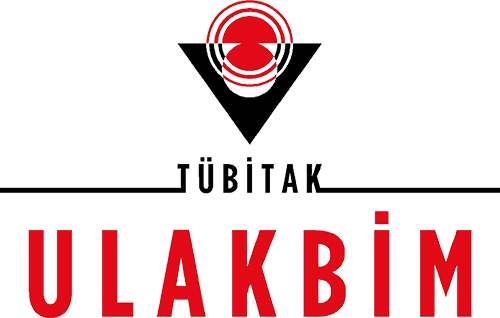
İki Taraftan Bakış: Trakeoözafegeal Fistül
Oğuz Karcıoğlu1, Serkan Uysal2, Ulaş Kumbasar2, Fuad Mustafayev3, Ziya Toros Selçuk11Hacettepe Üniversitesi, Tıp Fakültesi, Göğüs Hastalıkları Anabilim Dalı, Ankara2Hacettepe Üniversitesi, Tıp Fakültesi, Göğüs Cerrahisi Anabilim Dalı, Ankara
3Hacettepe Üniversitesi, Tıp Fakültesi, İç Hastalıkları Anabilim Dalı, Gastroenteroloji Bilim Dalı, Ankara
Erişkinlerde malign olmayan trakeoözofageal fistüller genellikle entübasyon sonrası komplikasyonlar nedeniyle ortaya çıkar. Üç ay önce kafa içi kanama sonrası uzamış entübasyon nedeniyle trakeostomi ve beslenme sorunları nedeniyle gastrostomi öyküleri olan 80 yaşında kadın hasta tekrarlayan ateş ve yoğun kıvamlı sekresyon artışı nedeniyle başvurdu. Bilgisayarlı toraks tomografisinde saptanan şüpheli trakeoözofageal fistül (TÖF) bronkoskopi ve endoskopi ile doğrulandı. Bronkoskopide hem fazla şişirilmiş cuff hem de özefagus kasılmalarıyla açılıp kapanan TÖF izlendi. Ameliyata uygun bulunmayan hastaya stent yerleştirilmesi hasta yakınların tarafından kabul edilmedi. Hasta gastrostomi hattından jejunostomi kateteri gönderilerek ve reflüyü engellemek için en az 45 derece dik konumda tutulması önerileriyle taburcu edildi.
Anahtar Kelimeler: Trakeoözefageal Fistül, Cuff, Overinflasyon, Pnömoni, TrakeostomiViewing from both Sides: Tracheoesophageal Fistula
Oğuz Karcıoğlu1, Serkan Uysal2, Ulaş Kumbasar2, Fuad Mustafayev3, Ziya Toros Selçuk11Department of Chest Diseases, Hacettepe University, Faculty of Medicine, Ankara, Türkiye2Department of Chest Surgery, Hacettepe University, Faculty of Medicine, Ankara, Türkiye
3Department of Internal Medicine, Division of Gastroenterology, Hacettepe University, Faculty of Medicine, Ankara, Türkiye
Non-malignant tracheoesophageal fistulas in adults often occur due to complications after intubation. We present an 80-year-old female patient who was consulted because of fever and increased thicky secretions that need frequent. An intracranial hemorrhage 3 months earlier led to her undergoing a tracheostomy and gastrostomy due to the resulting prolonged intubation and nutritional issues. Both bronchoscopy and endoscopy confirmed the presence of a tracheoesophageal fistula (TEF) detected on computed thorax tomography. In bronchoscopy, TEF, which was opened and closed by both over-inflated cuff and esophageal contractions, was observed. She was not a candidate for surgery, and her relatives declined an esophageal stent placement. We managed the case by sending a jejunostomy catheter through the gastrostomy tube and positioning at least 45 degrees to minimize the reflux.
Keywords: Tracheoesophageal Fistula, Cuff, Overinflation, Pneumonia, tracheostomyMakale Dili: İngilizce











